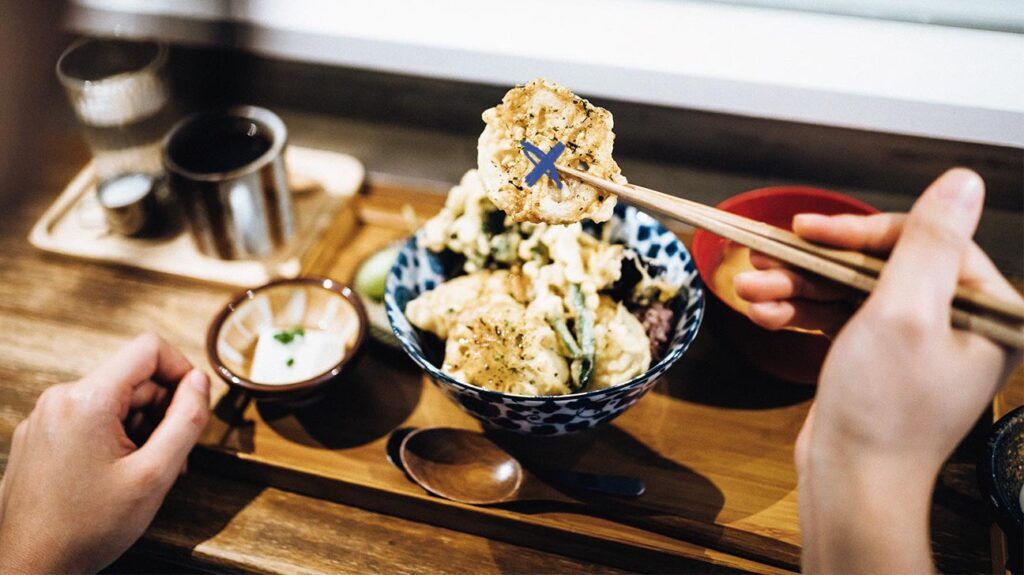Certain foods may trigger or worsen hives in some people due to the reaction they cause within the body. Avoiding foods high in histamines and pseudoallergens may help.
Chronic idiopathic urticaria (CIU) is the term for hives that last 6 weeks or more and have no known cause.
This article examines the link between diet and CIU, potential elimination diets that may help, and when to contact a doctor.

Diet may play a role in certain cases of CIU. According to a
Oral or topical antihistamines are the first-line treatment for CIU. Altering diet may be helpful alongside medical treatments.
A
Histamine is a compound present in the body.
The immune system releases histamine in response to a threat, such as an infection, or when there is no threat, as in the case of an allergic reaction. Hives can form due to this release.
Certain foods contain higher levels of histamine than others. A low histamine diet includes foods with lower histamine levels and eliminates those with higher levels.
Some research suggests lowering the intake of histamine through the diet may help reduce histamine levels in the body and help manage hives.
A small-scale 2018 study looked at the effects of a low histamine diet on 22 people with chronic hives. The participants were not allowed to eat foods containing high histamine levels for 4 weeks.
The researchers recorded the severity of hives and histamine levels in the blood before and after the diet. They found that the low histamine diet resulted in reduced severity of hives and a significant reduction in histamine levels in the blood.
A low histamine diet may include the following foods:
- eggs
- rice
- millet
- beef
- salad ingredients, such as cucumber, radish, and lettuce
- unfermented soy products, such as soy milk and tofu
- sorghum
- milk
- certain fish, such as sole, cod, and pollack
Anecdotal reports also suggest that fruits, vegetables, grains, meat, and other foods not high in histamine may also be acceptable.
On a low histamine diet, people avoid foods with
- some seafood, such as canned fish and fish with darker meat
- fermented foods, including fermented soy, aged cheeses, and dry sausage
- tomatoes
- eggplant
- spinach
- avocado
Some research suggests that certain foods
- citrus fruits
- papaya
- tomato
- strawberries
- pineapple
- nuts
- chocolate
However, there is currently a lack of human studies to support the idea that foods can trigger the release of histamine.
According to a
A pseudoallergen elimination diet excludes foods that can act as psuedoallergens, such as certain spices, fruits, vegetables, and artificial additives.
Experts are not clear on the exact effects of pseudoallergens within the body, but some believe they may play a role in triggering hives in some people.
The article states that pseudoallergen elimination diets have proved effective in reducing hives and causing complete or partial remission. They may be a potential treatment alongside medication.
If people want to try using an elimination diet for hives, it is important that they speak with a healthcare professional.
Elimination diets
Diet may play a role in helping manage chronic idiopathic urticaria. Elimination diets that cut out pseudoallergens and foods high in histamine may help relieve symptoms.
People may try these diets for a few weeks and then begin to reintroduce foods to see if symptoms return.
It is best to work alongside a healthcare professional when using elimination diets to help avoid nutritional deficiencies.
